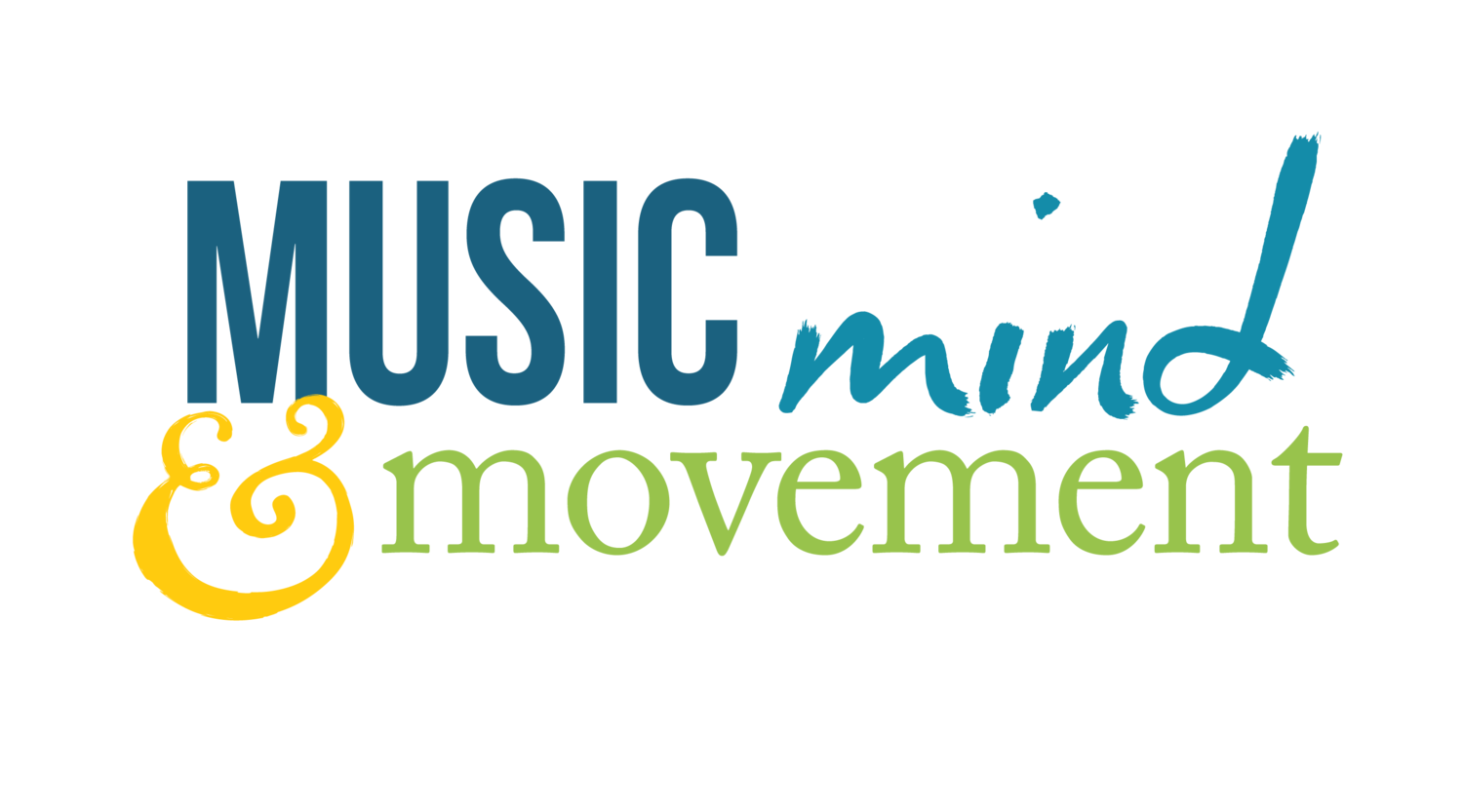It’s true: Getting in touch with what is really going on for you — the bodily sensations that usually fly under the radar, the thought patterns that repeat so faithfully that we take them to be who we are — can be overwhelming. And not just in a “How fascinating: I had no idea I was so judgemental!” kind of way, but in more of a “I literally feel like I am drowning/I think meditation might be causing a panic attack” kind of way.
If this is you, fear not. You aren’t broken or doing it wrong. You’re not “too stressed to meditate” or doomed to remain at a distance from your embodied experience. But, your nervous system might, for any number of reasons, be on high alert and you may have to begin by taking a “touch and go” approach.


